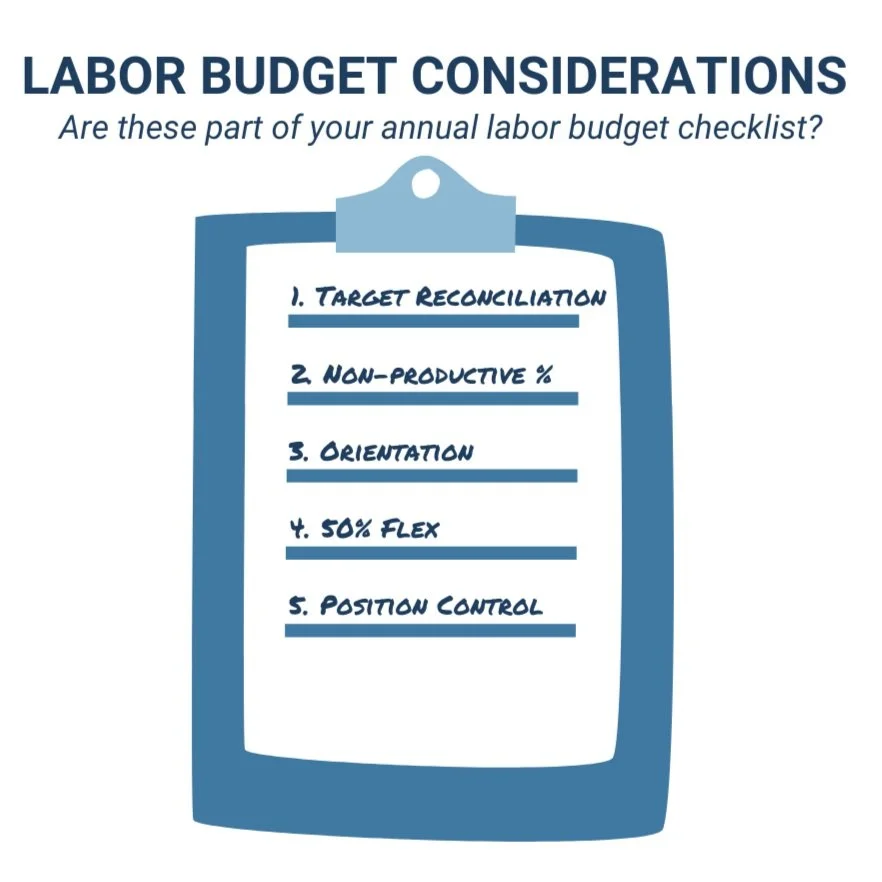Hospitals define premium pay as any rate of pay above the base employed rate. Premium pay can include shift bonuses, weekend differentials, overtime, contract labor, and more.
Premium pay is of vital importance when staffing 24/7 patient care operations. By design, it acts as a financial incentive where needed to support balanced shifts and ensures we have the right staff, in the right place, at the right time, to provide optimal patient care.
Read More



















